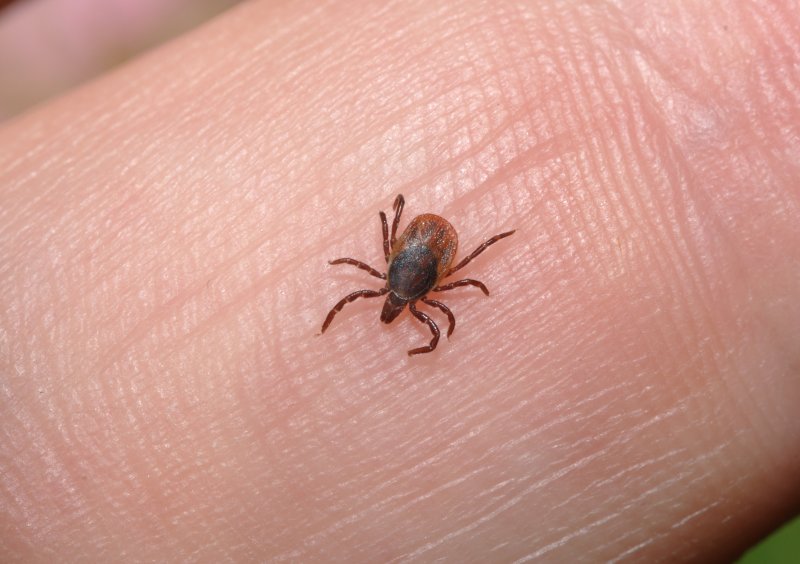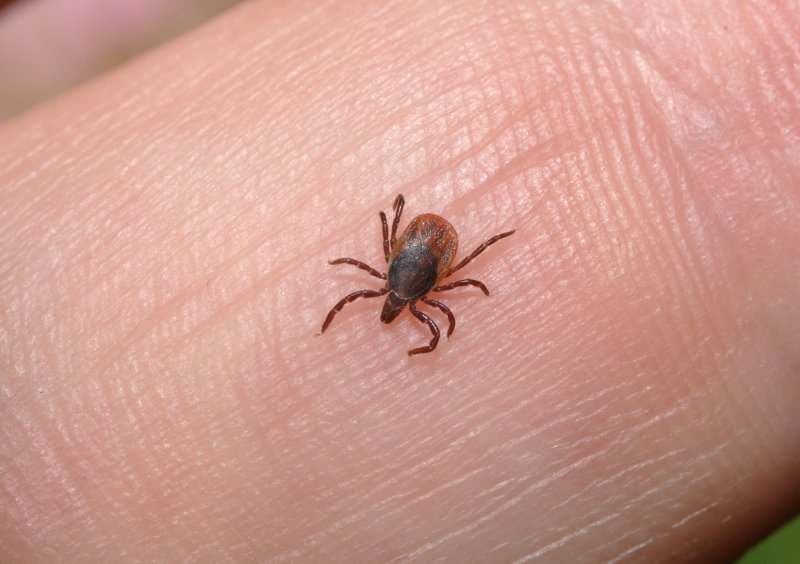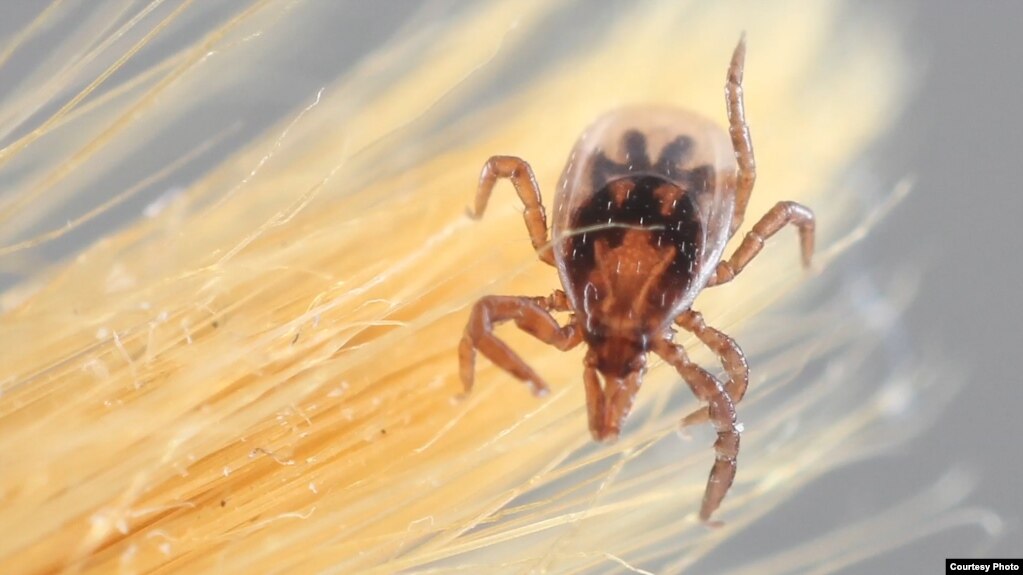Tick habitat has doubled in the last 20 years...
Ticks carrying Lyme disease found in half of U.S. counties
Jan. 21, 2016 - New CDC data shows the number of places where ticks have established populations doubled in the last 20 years.
Ticks carrying Lyme disease found in half of U.S. counties
Jan. 21, 2016 - New CDC data shows the number of places where ticks have established populations doubled in the last 20 years.
Nearly half the counties in the United States have ticks that carry Lyme disease, according to new research by the Centers for Disease Control and Prevention. The study, the first since 1998, shows the blacklegged tick significantly expanded into parts of the northeast and some northern states as it doubled the number of counties researchers consider it to be "established" in. Lyme disease is caused by the Borrelia burgdorferi bacterium and is spread by tick bites. The infection is characterized by fever, headache, fatigue and a rash. If it isn't treated, the infection can spread to joints, the heart and the nervous system.
Knowing ticks in the area carry Lyme disease can help with diagnosis, researchers said, because the symptoms can be mistaken for flu. Although there are about 30,000 cases of Lyme disease reported to the CDC each year, the agency believes that is a fraction of the actual number, estimated to be closer to 329,000. "This study shows that the distribution of Lyme disease vectors has changed substantially over the last nearly two decades and highlights areas where risk for human exposure to ticks has changed during that time," said Dr. Rebecca Eisen, a research biologist at the CDC, in a press release. "The observed range expansion of the ticks highlights a need for continuing and enhancing vector surveillance efforts, particularly along the leading edges of range expansion," Eisen said.

Although there are about 30,000 cases of Lyme disease reported to the CDC each year, the agency believes that is a fraction of the actual number, estimated to be closer to 329,000.
CDC researchers who conducted the study, published in the Journal of Medical Entomology, analyzed previous research and government data on confirmed cases of Lyme disease and ticks carrying it. A county was determined to have an "established" tick population if there were at least six individual sightings of ticks each year, though they noted whether a county had any reports of ticks at all. The blacklegged tick and western blacklegged tick can be found in 1,531 counties in 43 states, or 49.2 percent of the 3,110 counties in the continental United States. The ticks can be found in 44.7 percent more counties than in 1998, when the previous study was conducted. The researchers point to the expansion of tick presence in the Northeast and North-Central states as of particular concern. The also said the South, where ticks with Lyme disease already were established, has remained relatively stable.
Further research is needed on the spread of tick species, how and where they are spreading, and where tick invasions may lead to more people being bitten, CDC researchers wrote in the study "The nice thing about this data is that it shows the vector -- the ticks that transmit Lyme disease -- spreading in the same ways that we've been seeing the human cases spreading," Dr. John Aucott, director of the Johns Hopkins Lyme Disease Clinical Research Center, told CBS News. "So, the take home message is that Lyme disease is a geographically expanding infectious disease and so the areas of risk have expanded dramatically over the last two decades."
Ticks carrying Lyme disease found in half of U.S. counties





